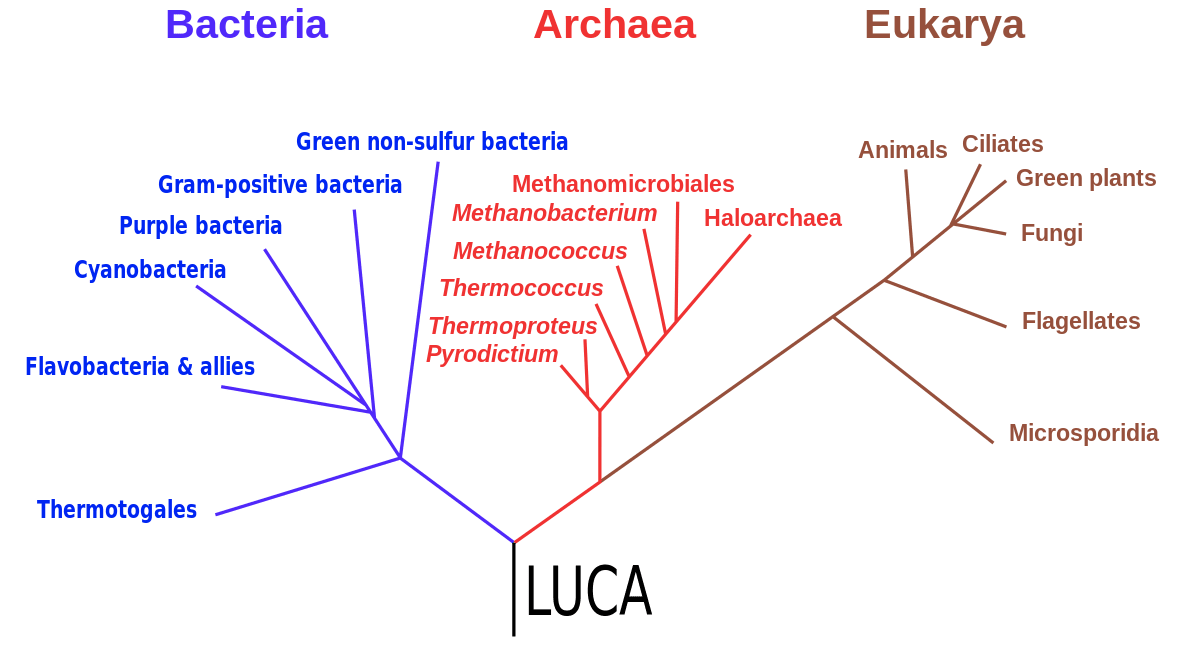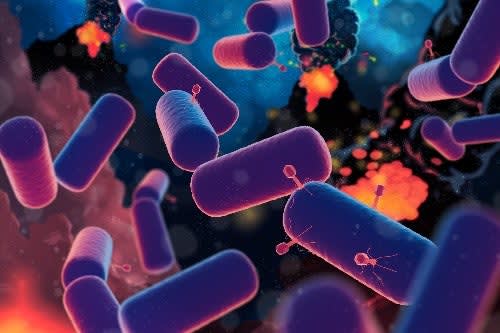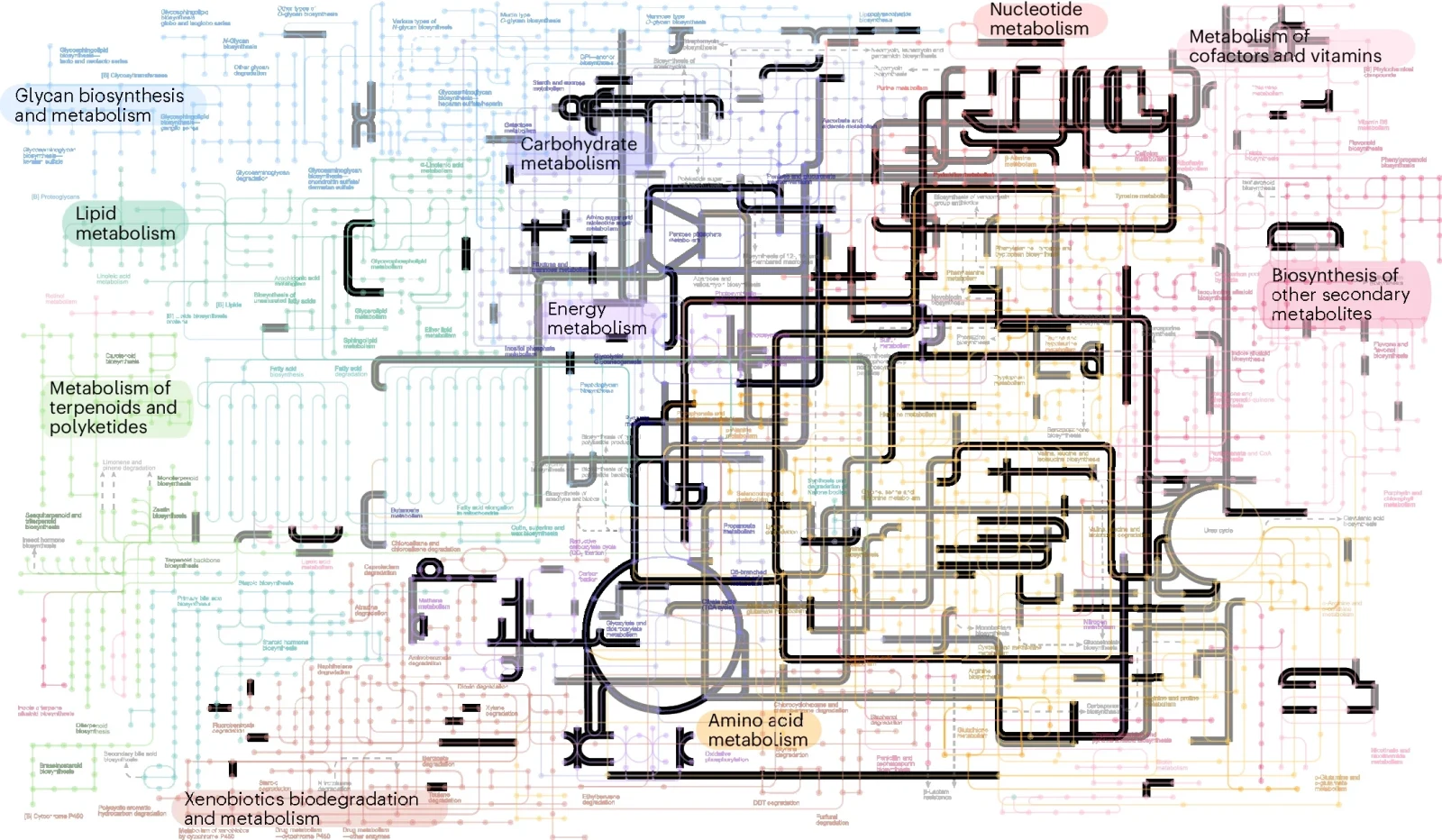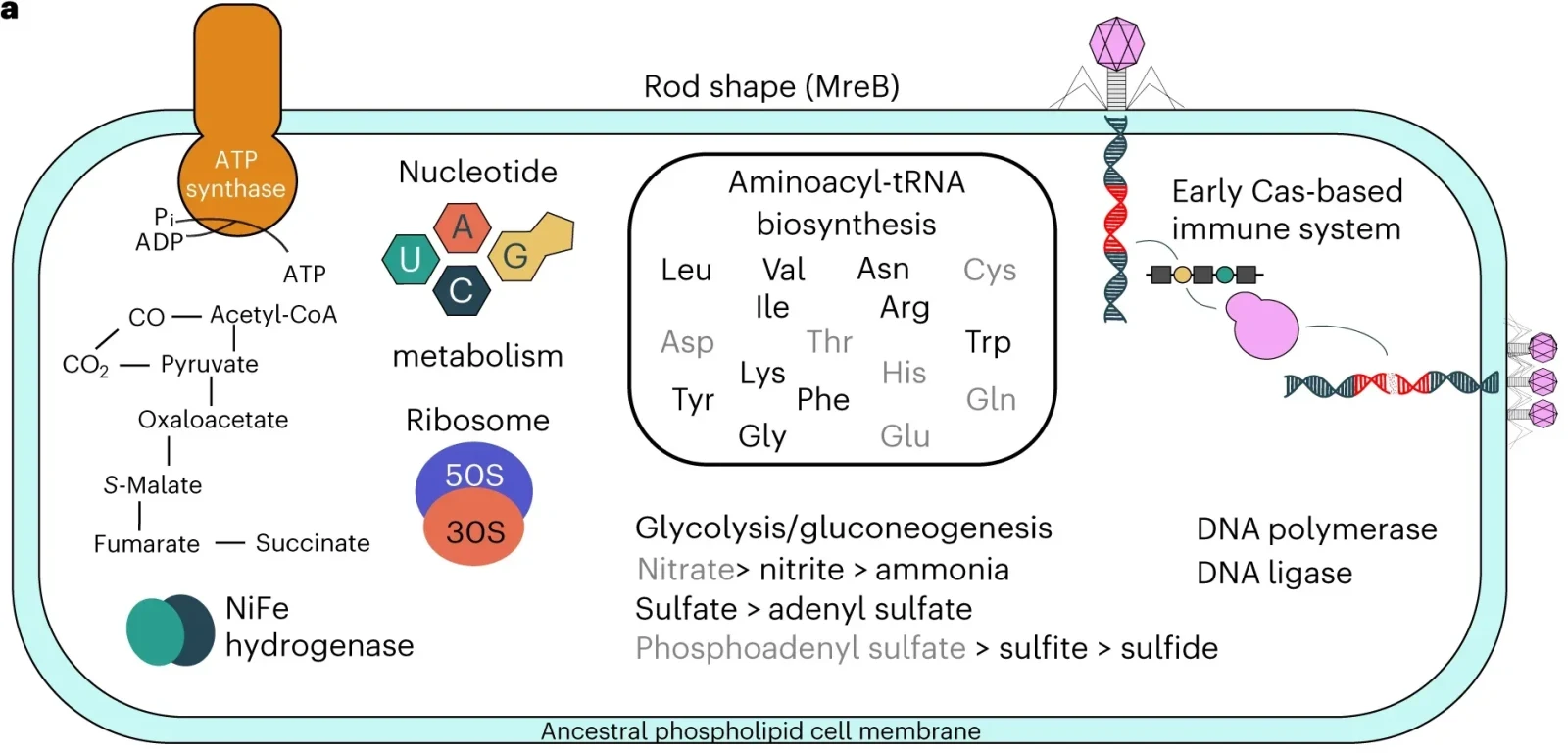The mystery of life’s beginnings has long captivated scientists. Central to that search is LUCA—the last universal common ancestor. LUCA sits at the root of the evolutionary tree, where two great domains of life—Bacteria and Archaea—split. This ancient microbe holds clues about how life first gained a foothold on Earth.
A worldwide research group, headed by evolutionary biologists at the
University of Bristol
The researchers aimed to determine LUCA’s age by employing an array of methods such as examining fossil records, studying isotopic information, and mapping genetic timelines. Through their analysis of ancient genes that originated from duplications occurring prior to LUCA’s existence, they managed to trace back farther than was previously possible.
Their findings point to an organism that lived about 4.2 billion years ago. That’s earlier than many scientists expected—possibly before the violent asteroid storms of the Late Heavy Bombardment, which peaked between 3.7 and 3.9 billion years ago. The results suggest life may have endured even the most hostile conditions on early Earth.
The team depended on an improved dating technique referred to as molecular clock analysis. Rather than utilizing genes from newer lineages, their attention was directed towards paralogues—
gene pairs
That division occurred prior to LUCA emerging. This approach minimized doubt and assisted the team in constructing a more precise chronology.

To sharpen their estimates, they used a method called cross-bracing. It lets researchers apply fossil evidence multiple times throughout a genetic tree. The result was a surprisingly tight estimate for LUCA’s age: 4.2 billion years. This timeline supports the growing belief that Earth became habitable soon after it formed.
LUCA’s genetic composition was highly advanced. Genetic research indicates a genome encompassing at least 2.5 megabases, containing roughly 2,600 proteins.
comparable in complexity
Too many contemporary bacteria and archaea indicate that LUCA was not a simplistic organism.
Scientists think it possessed an primitive version of what we now recognize as an immune system. This implies that primeval viruses existed, engaging in conflicts with the earliest types of living cells. Additionally, LUCA utilized anaerobic metabolism—probably through acetogenesis—for producing energy. Its diet consisted mainly of hydrogen and carbon dioxide within an environment abundant with minerals.
LUCA did not lead an isolated existence. Its metabolic processes produced chemicals that nourished neighboring microorganisms. Simultaneously, photochemical reactions in the environment aided in recycling hydrogen, thus completing the cycle. These initial interplays suggest that ecosystems developed rapidly—a complex web of cooperation that laid the foundation for subsequent developments.
all life to come
.
Related Stories
・
A recent scientific breakthrough uncovers the source of life on our planet.
・
Historical first: Scientists discover the ingredients of life on asteroid
・
Meteor strike may have sparked an explosion of life in the early Earth
Based on what Professor Tim Lenton from the
University of Exeter
, LUCA’s waste materials probably acted as nourishment for other microorganisms, underscoring its part in nurturing an ecological system focused on reuse and recycling.
The universal genetic code, dependence on ATP for energy, and identical amino acid configurations found across contemporary living entities can be traced back to LUCA. These collective characteristics highlight its significance as the original parent of all cellular life forms. The acknowledgment of LUCA’s presence illuminates the origins and progression of life’s basic mechanisms, offering a foundational model for the wide array of species present within our current ecosystem.
Establishing LUCA’s age posed several difficulties.
Fossil evidence
The evidence from the early Archaean era is scarce and frequently debated. To address these shortcomings, scientists employed relaxed Bayesian methods with node-calibration for molecular clocks.
This approach combines fossil and geochemical evidence with molecular information, providing a solid structure for determining LUCA’s age. Using 13 calibrated fossil markers such as the Moon-formation event and the onset of manganese oxidation linked to photosynthetic processes, the researchers developed a dependable chronology.

The researchers additionally steered clear of relying too heavily on the Late Heavy Bombardment hypothesis, as it has faced growing skepticism. They established their upper age limit based on the
Moon-forming impact
, traced back to approximately 4.51 billion years ago. This method provided a more precise determination of LUCA’s timeframe.
The evolutionary importance of LUCA goes further than just its age and genetic makeup. Its traits provide insight into the chemical processes and environmental interactions of ancient Earth. For instance, LUCA’s capability to utilize geothermal energy highlights how crucial Earth’s initial conditions were in influencing the evolution of life.
Dr. Sandra Álvarez-Carretero from Bristol’s School of Earth Sciences pointed out that LUCA’s ancient origins coincide with the early habitability of the planet, highlighting how quickly life appeared after the formation of the earth.
Earth’s formation
.
The study’s cross-disciplinary method played a crucial role in its achievement. Through integrating molecular information, fossil evidence, and biogeochemical simulations, the scientists were able to reconstruct the attributes and environmental function of LUCA.

Dr. Edmund Moody highlighted how gene transfer among different groups muddles the evolutionary timeline, necessitating complex models for accurate alignment.
gene evolution
with species genealogy. Dr. Tom Williams highlighted the importance of incorporating diverse data representing life’s primary domains, Archaea and Bacteria, to build a comprehensive picture of LUCA.
Professor Davide Pisani described LUCA as a complex organism, comparable to modern prokaryotes. Its early immune system points to interactions with viruses, suggesting that microbial warfare was a feature of early ecosystems. Such findings highlight the ecological sophistication present shortly after Earth’s formation.
The findings of this research have broader implications for our comprehension of extraterrestrial life. The swift development of ecosystems here on Earth indicates that life might emerge and flourish elsewhere as well.
Earth-like planets
Elsewhere in the universe, as noted by Professor Philip Donoghue, this study enhances our comprehension of Earth’s past and offers a structure for investigating the possibility of life beyond our planet.
Subsequent investigations will expand upon these discoveries with an emphasis on the development of prokaryotes, notably Archaea and their methane-producing counterparts. Professor Anja Spang highlighted the importance of this understanding for exploring Earth’s past and its wider impact on biological sciences.

This research, headed by the University of Bristol, featured input from various institutions including
University College London
,
Utrecht University
, and the
Okinawa Institute of Science and Technology
Their joint work provides an innovative viewpoint on how LUCA influenced the development of life on Earth.
The research paper titled “‘The Nature of the Last Universal Common Ancestor and Its Impact on the Early Earth System'” can be accessed online.
Nature Ecology & Evolution
.
Materials provided previously by the user are as follows:
The Cheerier Aspect of Journalism
The content might be modified for stylistic and brevity purposes.
Like these kind of feel good stories? Get the
Brighter Side of News’ newsletter
.






